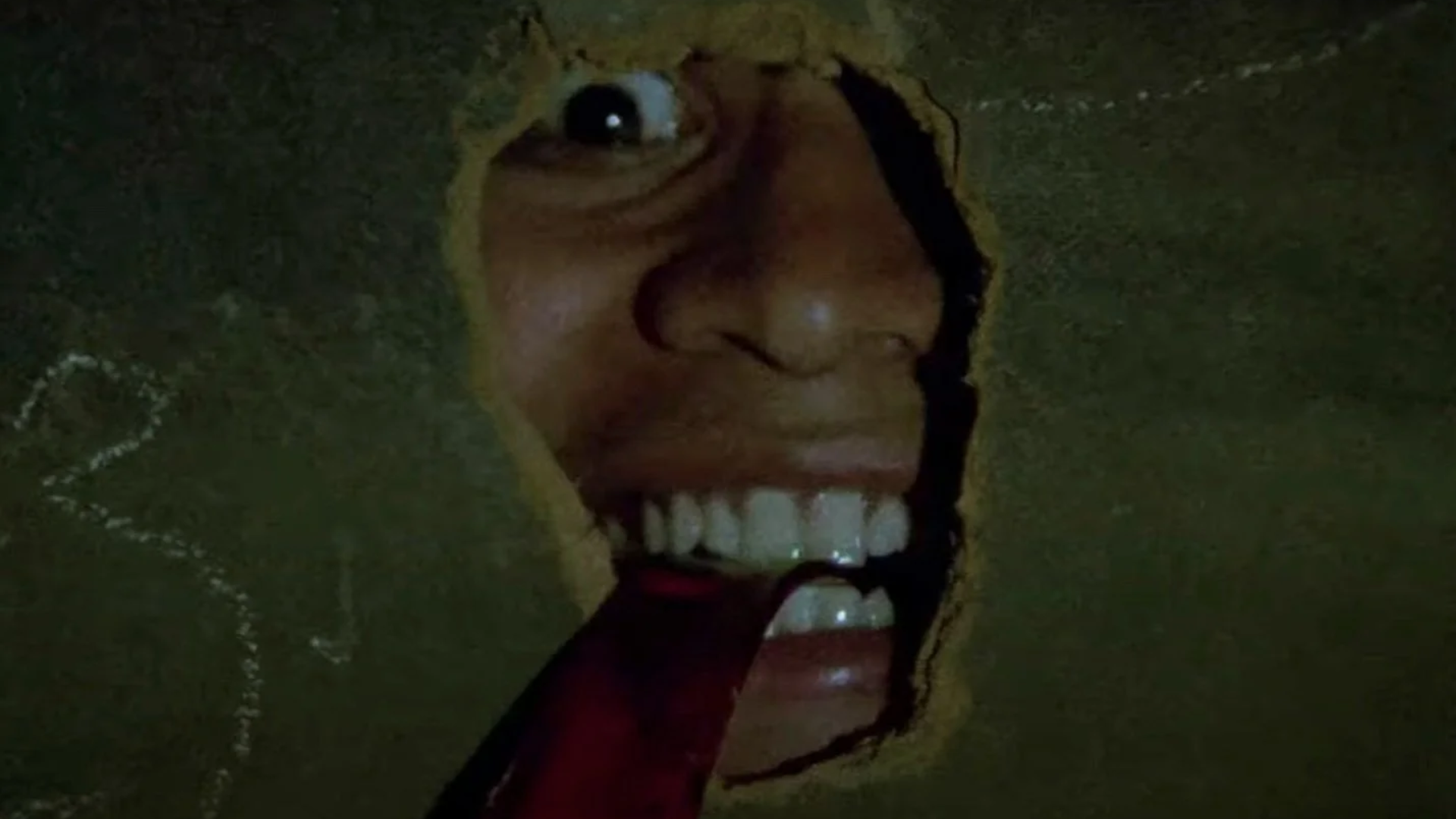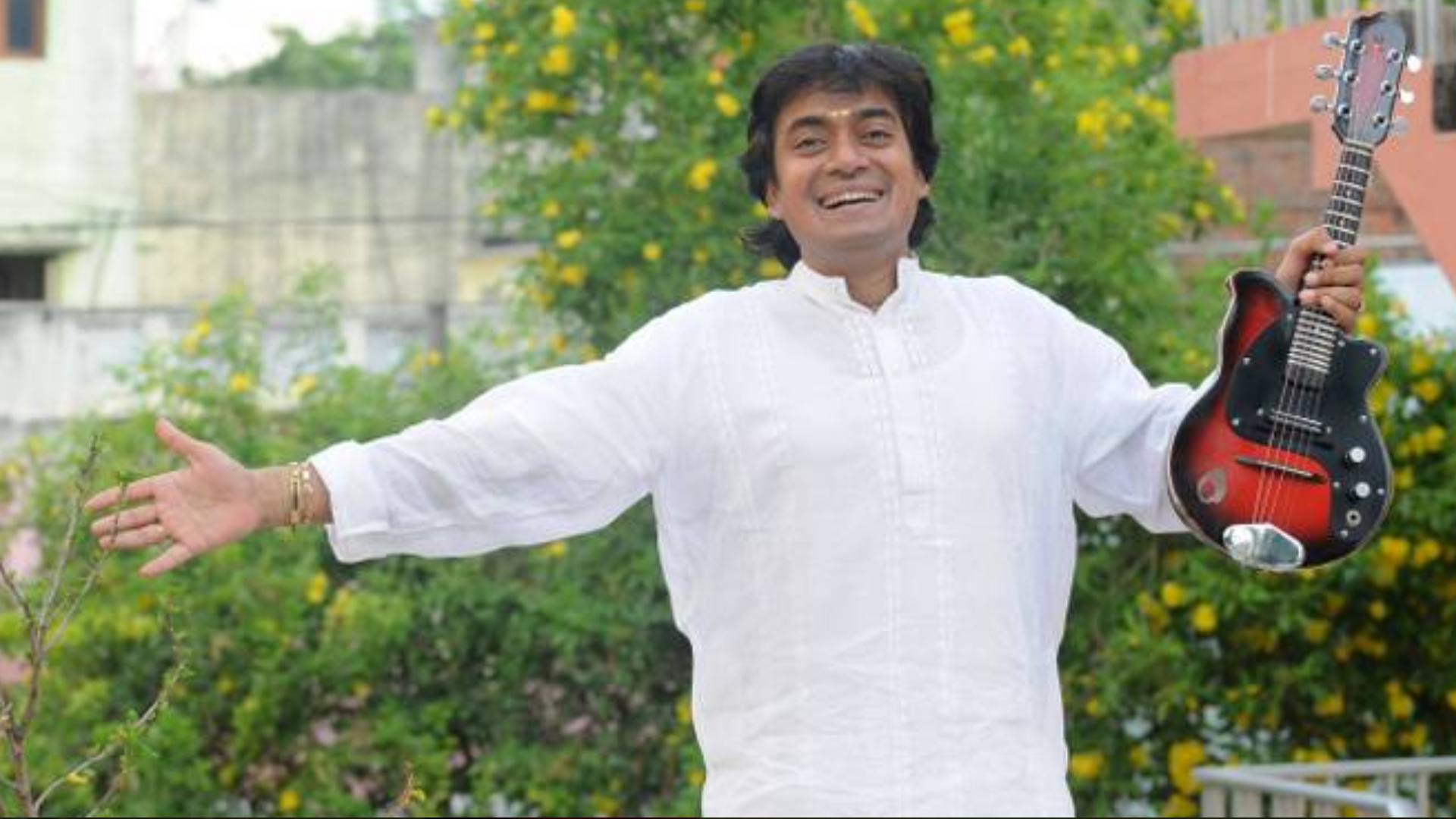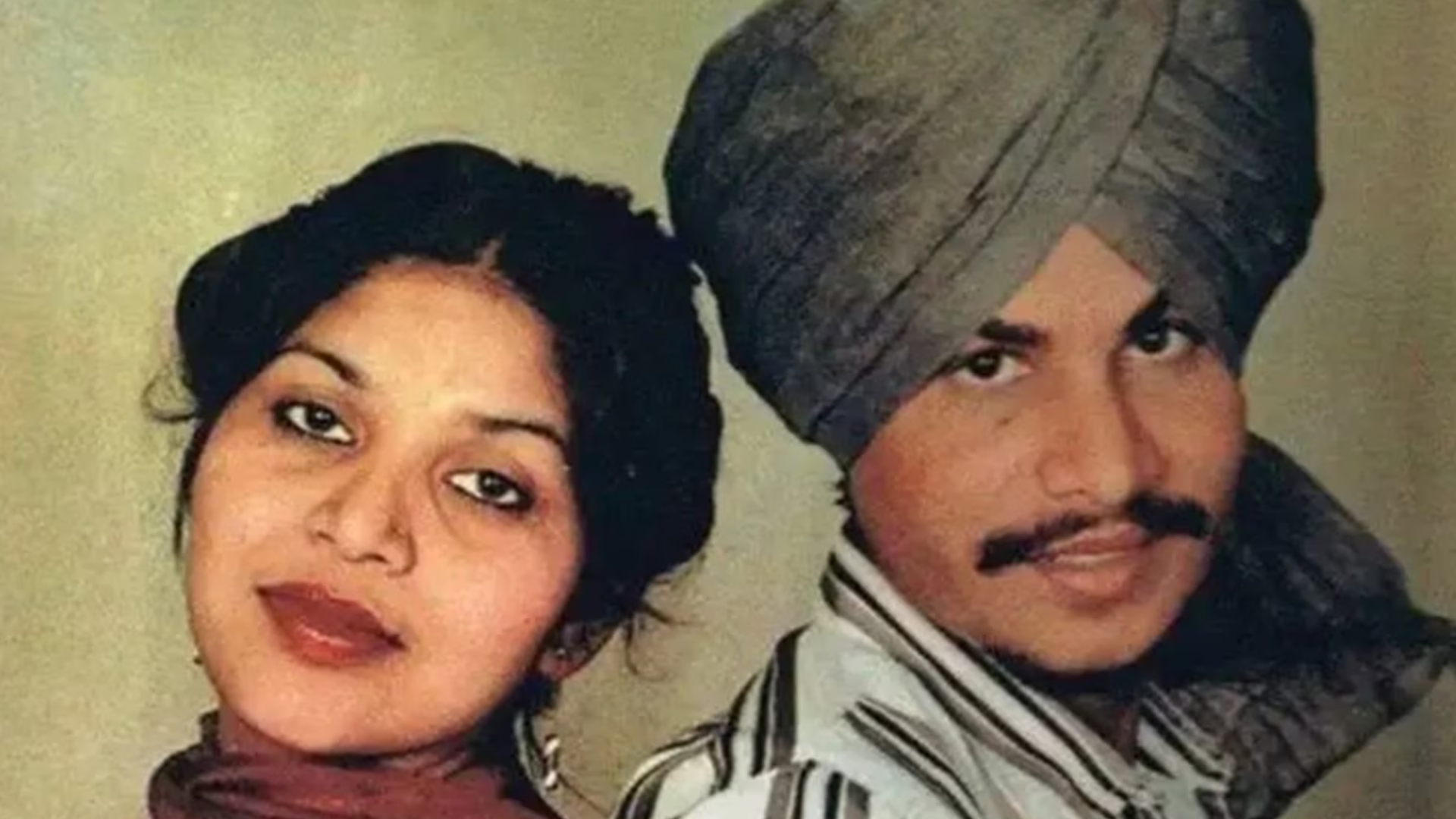The Trip: Om Dar-Ba-Dar and the Birth of Indian Cinematic Anarchy

When Om Dar-Ba-Dar resurfaced in theatres in 2014 after twenty-six years in obscurity, it wasn’t rediscovered so much as decoded. Those who had hunted down bad VHS transfers and whispered about its strangeness finally had proof: this was the most unpredictable, anarchic film India had ever produced - once described as “the great Indian LSD trip.”
Made in 1988, Kamal Swaroop’s film unfolds in Ajmer–Pushkar, a world of fairs, frogs, and family rituals. The surface looks familiar - a boy named Om, his father who quits a government job to become an astrologer, a sister chasing her own desires - but the structure collapses quickly. The narrative disintegrates into myth, song, absurd comedy, and dream fragments.
Swaroop builds the film not from story but sensation. The opening sequence - trumpets blaring off-beat, colonial newsreel footage narrated by Om, a woman claiming to have been born through a cow’s organs sets the tone. From there, Om Dar-Ba-Dar becomes a delirious collage of history, advertisement, science, religion, and memory. It looks like a Bollywood musical but moves like a fever dream.
Swaroop, trained at the Film and Television Institute of India and influenced by Godard, Warhol, Buñuel, and his mentors Mani Kaul and Kumar Shahani, constructs his madness with method. His collaborator, screenwriter Kuku, fills the film with non-sequiturs, puns, and bilingual jokes—like the recurring phrase “frog keychain,” which in Hindi sounds like frog ki chaeen, “the frog’s love.” The result is a surrealist film that uses form itself as commentary, both mocking and celebrating Indian pop culture.
Rajat Dholakia’s soundtrack extends this spirit of experimentation. His music borrows from radio jingles and film songs, looping them into satire until repetition becomes revelation.
When Om Dar-Ba-Dar returned through NFDC’s restoration, it found an audience ready to engage with its energy rather than decode its mystery. What once felt like chaos now looked prophetic. Its fractured rhythms anticipate a world shaped by mixed languages, rapid consumption, and endless reinvention.
When Om Dar-Ba-Dar premiered at the Berlin International Film Festival in 1988, it confounded everyone who saw it.
A film that seemed to obey no rules, it drifted between myth and mockery, childhood and science, ritual and absurdity. Kamal Swaroop’s vision was unlike anything Indian cinema had attempted—restless, electric, and stitched together from fragments of memory, advertisement, and dream.
When Om Dar-Ba-Dar premiered at the Berlin International Film Festival in 1988, it confounded everyone who saw it.
A film that seemed to obey no rules, it drifted between myth and mockery, childhood and science, ritual and absurdity. Kamal Swaroop’s vision was unlike anything Indian cinema had attempted—restless, electric, and stitched together from fragments of memory, advertisement, and dream.
For years, Om Dar-Ba-Dar survived as a ghost story — circulated through bootlegs and whispered about in film-school corridors.
Its official re-release in 2014 through NFDC and PVR revealed what the grainy copies had hidden: a delirious, meticulous experiment in sound and image. What once seemed chaotic now felt like prophecy — an India already fractured by information, noise, and imagination.
One of the film’s strangest and most memorable sequences involves frogs found with diamonds inside them, sparking a chaotic hunt across the town.
The image captures Om Dar-Ba-Dar’s absurd cosmology — where myth, greed, and biology collapse into the same delirium. It’s Swaroop’s surreal metaphor for India’s obsession with miracles, turning the ordinary frog into a vessel of divine absurdity.
Babli Teliphon Se
Babli Teliphon Se plays like a pop parody that accidentally becomes cosmic. It borrows from the language of Hindi film songs and radio jingles, only to twist them into absurdity. Beneath its humour is a sharp critique of how technology, romance, and media began to blur in the Indian imagination long before the internet made it real.
Tadpole Se Hum
Tadpole Se Hum is the film’s strange philosophy lesson disguised as a nursery rhyme. It captures the absurdity of evolution and identity in Swaroop’s universe — where the leap from tadpole to human is both literal and cosmic. The song drifts between joke and prophecy, echoing the film’s central idea: that progress in India often feels like metamorphosis without direction.
Meri Jaan A... Meri Jaan B
Meri Jaan is the film’s beating heart — a delirious fusion of love song, political slogan, and street performance. It mocks the sentimental structure of Bollywood music while becoming something hypnotic on its own terms. Rajat Dholakia’s score turns repetition into rhythm, chaos into choreography — an anthem for a film that refuses to make sense quietly.
Anurag Kashyap on Om Dar-Ba-Dar
Anurag Kashyap has often credited Om Dar-Ba-Dar as a personal awakening. Its irreverence and chaos gave him license to be fearless with form. In his blog, he noted that “Emotional Attyachar” from Dev.D was directly inspired by the film’s song Meri Jaan — not just musically but in spirit. It was Swaroop’s madness, Kashyap said, that “freed” Indian cinema.
Imtiaz Ali on Om Dar-Ba-Dar
For Imtiaz Ali, Om Dar-Ba-Dar remains the film that made Indian indie cinema possible. He called it “old wine” — aged, potent, and misunderstood for decades. Ali spoke of how its belated release only amplified its myth: a reminder that true originality doesn’t age. Its influence, he said, still lingers in every filmmaker who dares to follow instinct over structure.
Kiran Rao on Om Dar-Ba-Dar
Kiran Rao first watched Om Dar-Ba-Dar on a VCD riddled with missing frames and distorted sound. Yet even in fragments, she could sense its brilliance. The gaps, she said, forced her imagination to complete the film — turning imperfection into part of the experience. Few films can survive decay like that; fewer still become more powerful through it.
Kamal Swaroop on Parallel Cinema





Comments